Submitted by WA Contents
Adjaye Associates and Ron Arad Architects win competition to design UK’s new Holocaust Memorial
United Kingdom Architecture News - Oct 24, 2017 - 15:37 13284 views
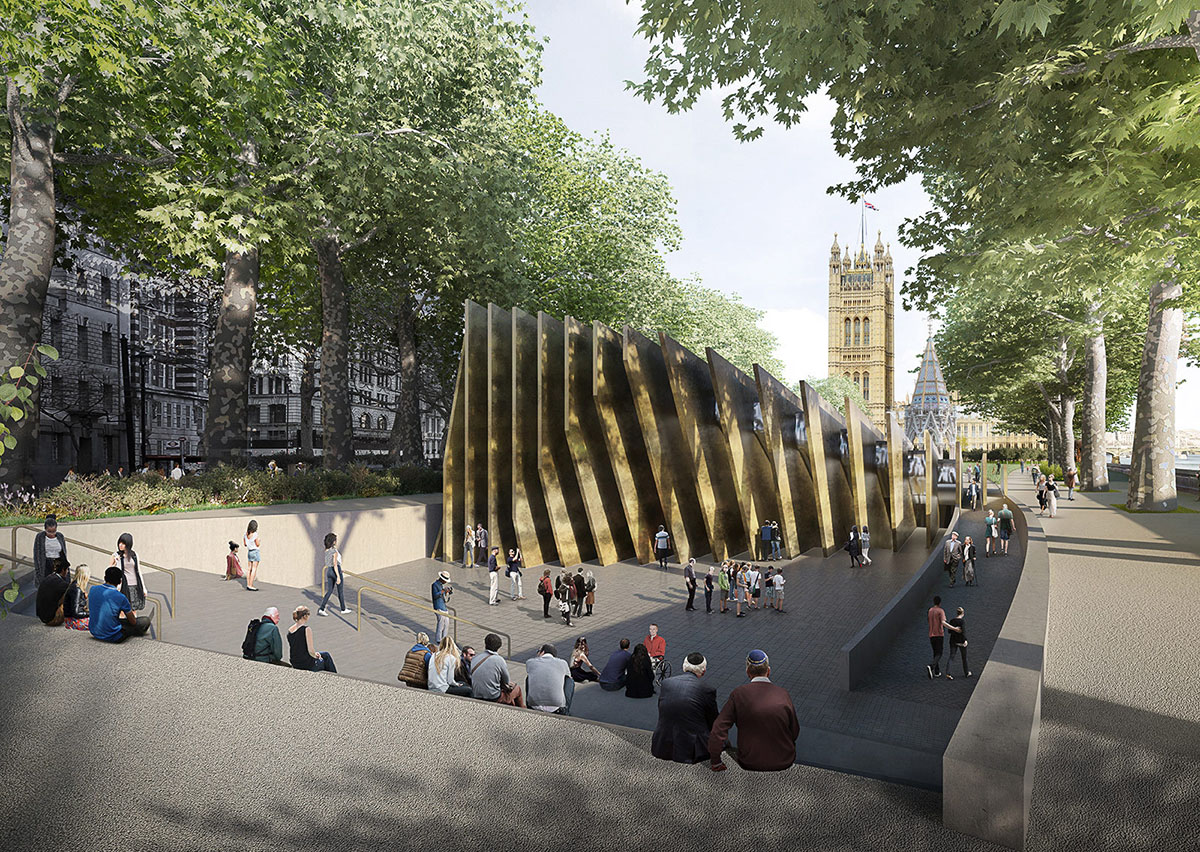
David Adjaye's firm Adjaye Associates, Ron Arad Architects and Gustafson Porter + Bowman have been selected as the winners of the UK's new Holocaust Memorial and Learning Centre. The team has defeated 92 entries in total and ten finalists shortlisted in the competition, including Foster+Partners, Studio Libeskind, Zaha Hadid Architects, Allied Works and Diamond Schmitt Architects.
Selected by a 13-strong jury, including the Secretary of State for Communities and Local Government, the Mayor of London, the Chief Rabbi, experts from architecture, art and design, and both first and second generation Holocaust survivors, the new UK Holocaust Memorial will honour the six million Jewish men, women and children who were murdered in the Holocaust, and all other victims of Nazi persecution, including Roma, gay and disabled people.
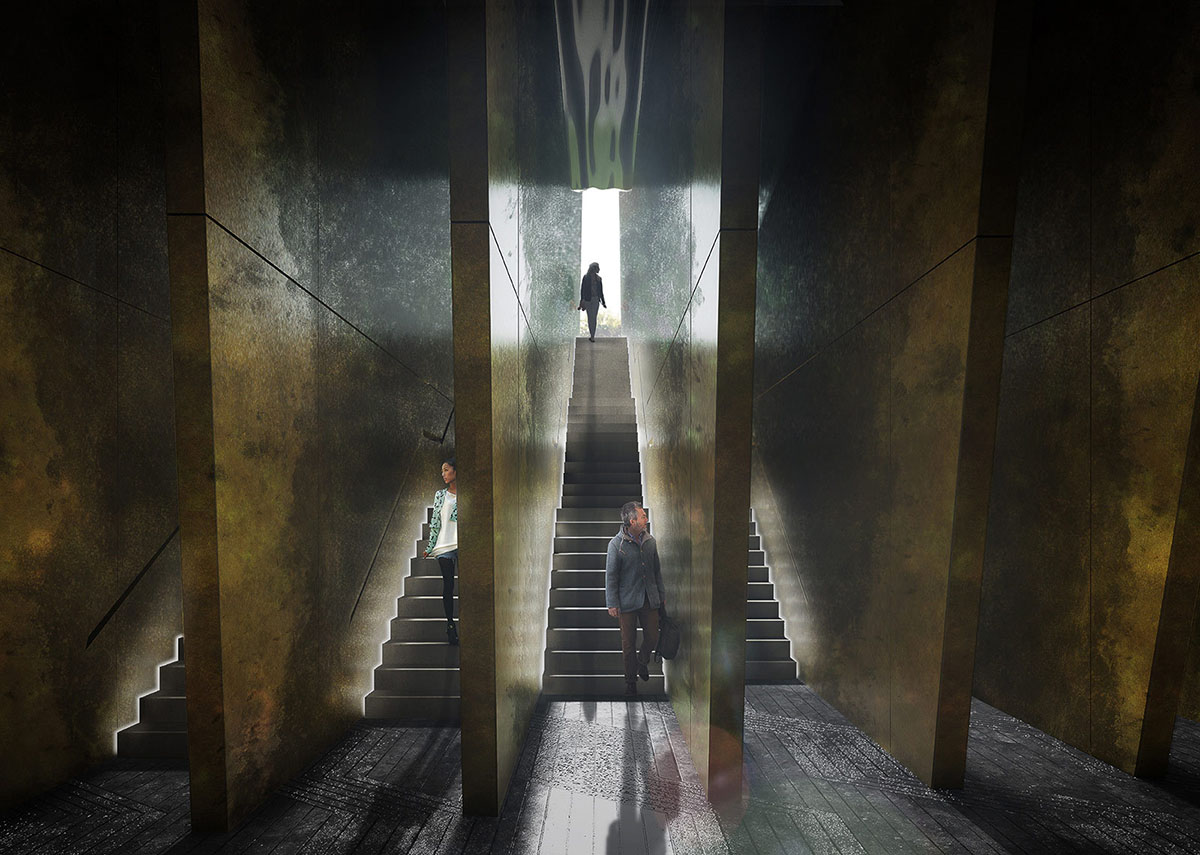
Located next to the Houses of Parliament in Westminster, its co-located Learning Centre will contextualise the Memorial above and use the stories and facts of the Holocaust to explore anti-Semitism, extremism, Islamophobia, racism, homophobia and other forms of hatred and prejudice in society today. From its location next to Parliament, it will ask questions about the role of society and its institutions in encouraging respect for others and preventing hatred.
Launched by the UK Holocaust Memorial Foundation in September 2016, the Foundation announced 10 strong shortlisted teams at the end of January this year. The jury praised the winning team’s proposal to create "a living place, not just a monument to something of the past" and the desire to create an immersive journey for the visitor who would enter a memorial embedded in the land.
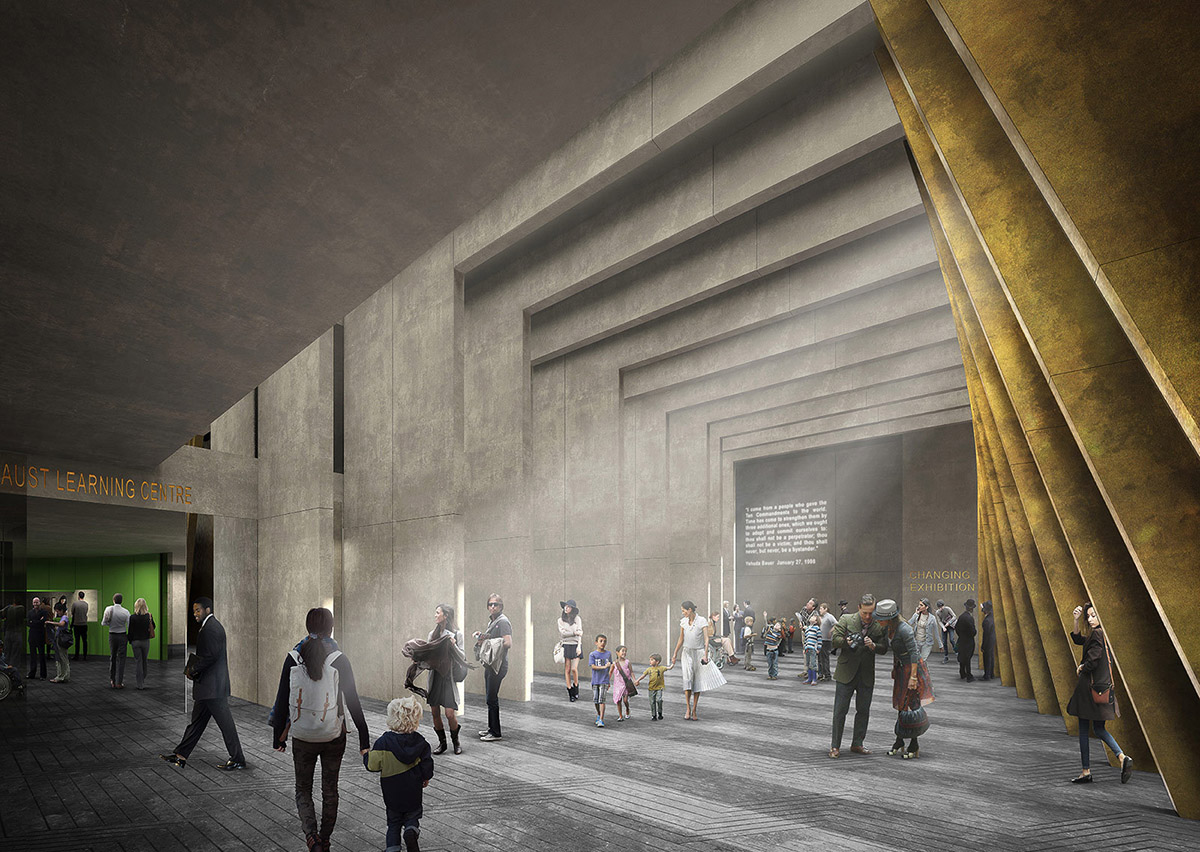
The jury found the proposal deftly resolved an essential challenge of the brief: being visually arresting - "highly visible from near and far" - yet showing sensitivity to its location and context. The concept was found to have clear potential to be developed into an iconic memorial and intriguing educational experience, attracting visitors from the UK and beyond to learn and reflect.
David Adjaye, Ron Arad Architects and Gustafson Porter + Bowman's winning design concept was inspired by research into the site, Victoria Tower Gardens, next to the Houses of Parliament, with Sir David Adjaye describing the location as a "park of Britain’s conscience". The memorial links with the statue of Emmeline Pankhurst, the Burghers of Calais and the Buxton Memorial: all four recognising injustice and the need to oppose it.
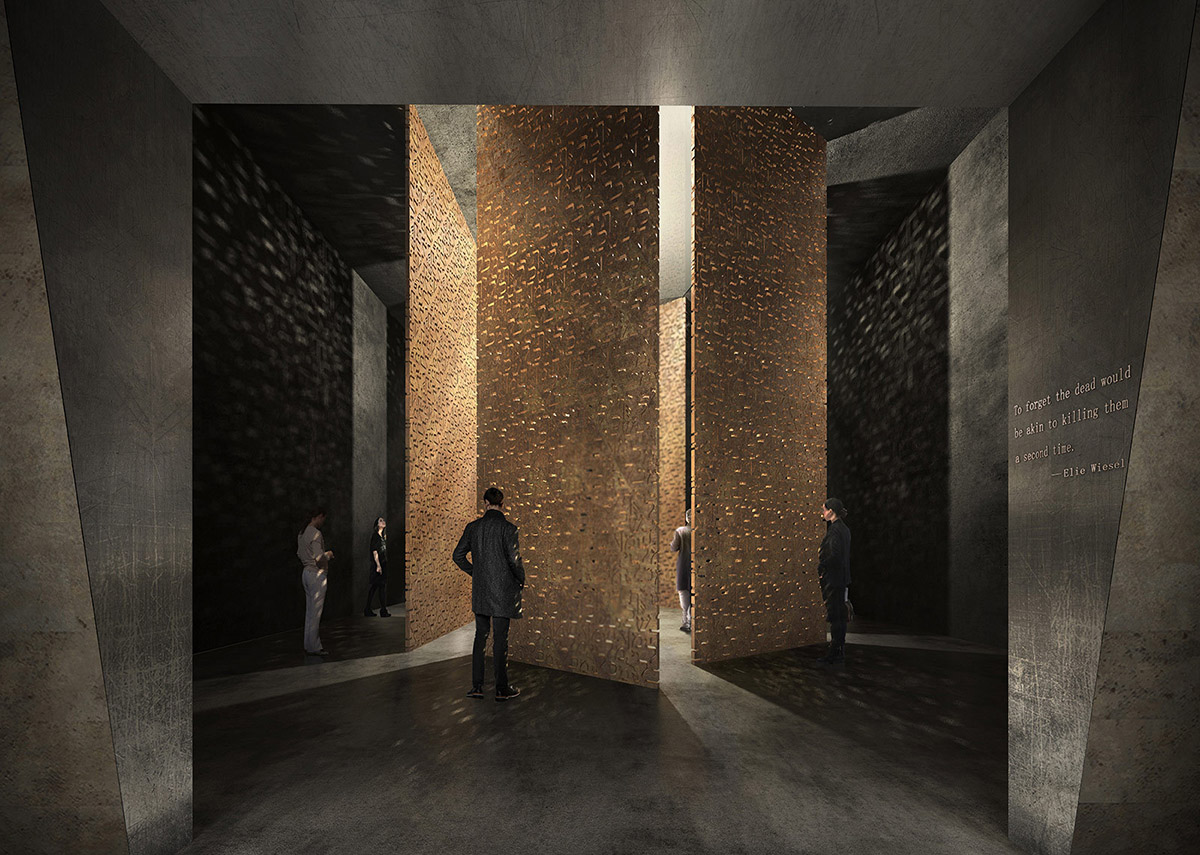
In order to keep the park as a park and to maintain the green space, the team placed its Holocaust Memorial at the far southern end of the gardens, embedded in the land. Accordingly, a visitor approaching the memorial would see a subtle grass landform with only the tips of the memorial’s fins "bristling in the distance", its intriguing design giving a sense that something is happening underground and encouraging people to find out more.
Sir David Adjaye, speaking on behalf of Adjaye Associates, Ron Arad and Gustafson Porter + Bowman said: "the complexity of the Holocaust story, including the British context, is a series of layers that have become hidden by time. Our approach to the project has been to reveal these layers and not let them remain buried under history. To do so, we wanted to create a living place, not just a monument to something of the past. We wanted to orchestrate an experience that reminds us of the fragility and constant strife for a more equitable world."
"We are deeply honoured to have been given the opportunity to tell these stories to the nation through a National Memorial and Learning Centre. It is critical these highly important and emotive historical touchpoints are explored, so that future generations are able to experience, learn, reflect and act," added Sir David Adjaye.
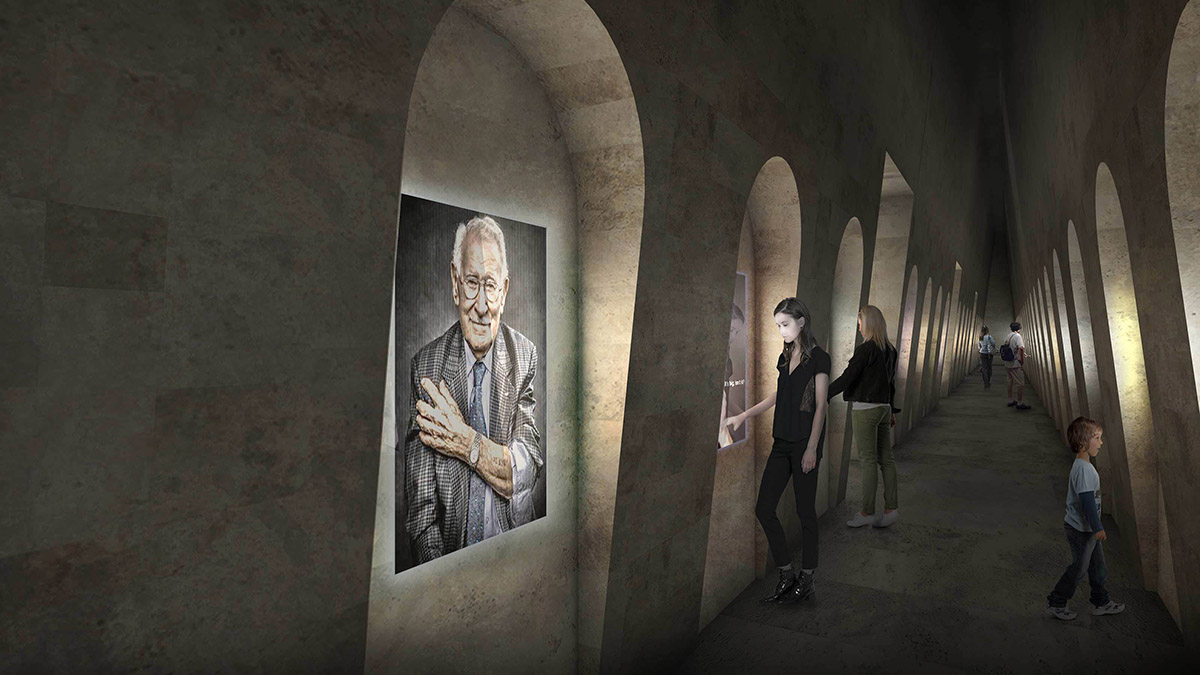
The design concept takes visitors on a journey that culminates in confronting the 23 tall bronze fins of the memorial, the spaces in between representing the 22 countries in which Jewish communities were destroyed during the Holocaust. Entering the memorial would be a sensory experience. While the outside and inside space emphasises collective gathering, the 23 bronze fins require the visitor to enter in an isolated, solitary way, each pathway planned as a different experience.
Each path eventually leads down into the Threshold – a generous hall which acts as a place of contemplation and transition into the Learning Centre below ground. The Learning Centre includes a “hall of testimonies” and a “Contemplation Court”: a silent, reflective space with eight bronze panels. On leaving the memorial, the circulation route ensures visitors will emerge to see the classic uninterrupted view of Parliament – and the reality of democracy.
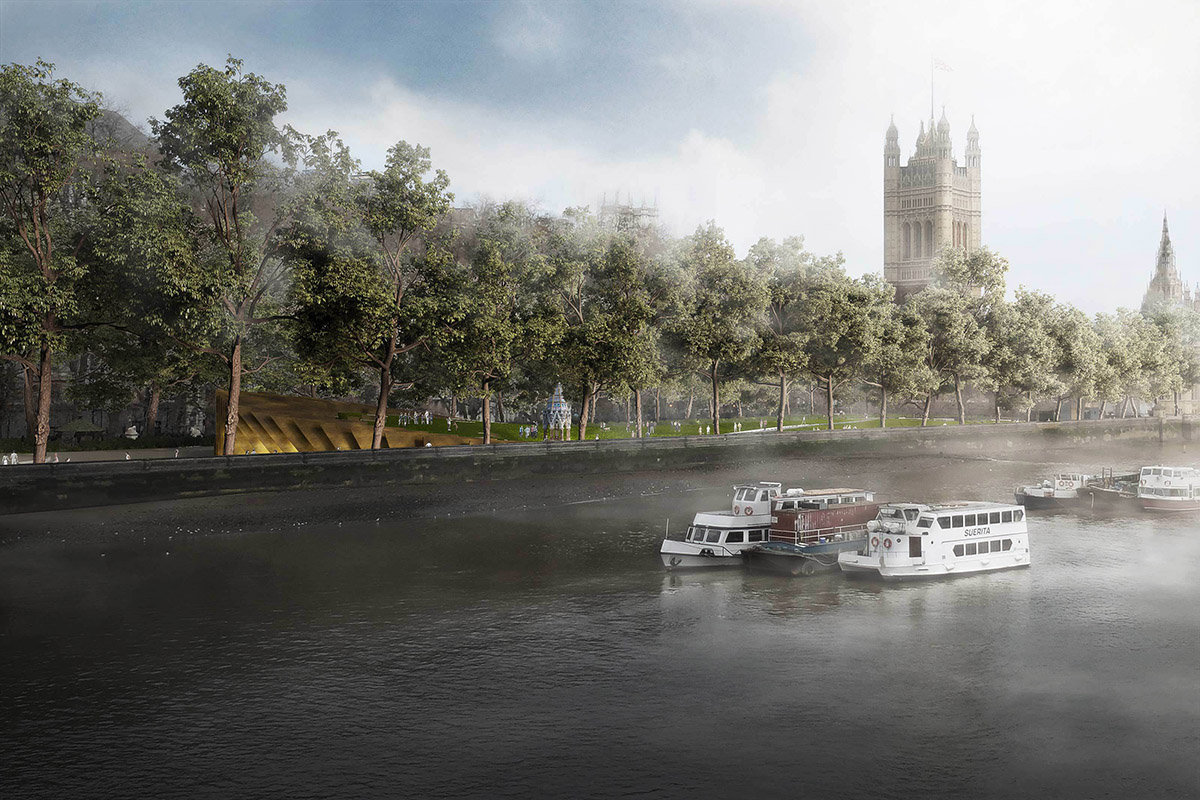
The winning concept is at an early design stage. It will now undergo further development through discussion with Holocaust experts, survivors and other victim groups, and local residents, Westminster City Council, Historic England, Royal Parks and other statutory consultees.
As part of this process, the United Kingdom Holocaust Memorial Foundation will also work closely with other organisations and experts on the contents and approach of the co-located Learning Centre.
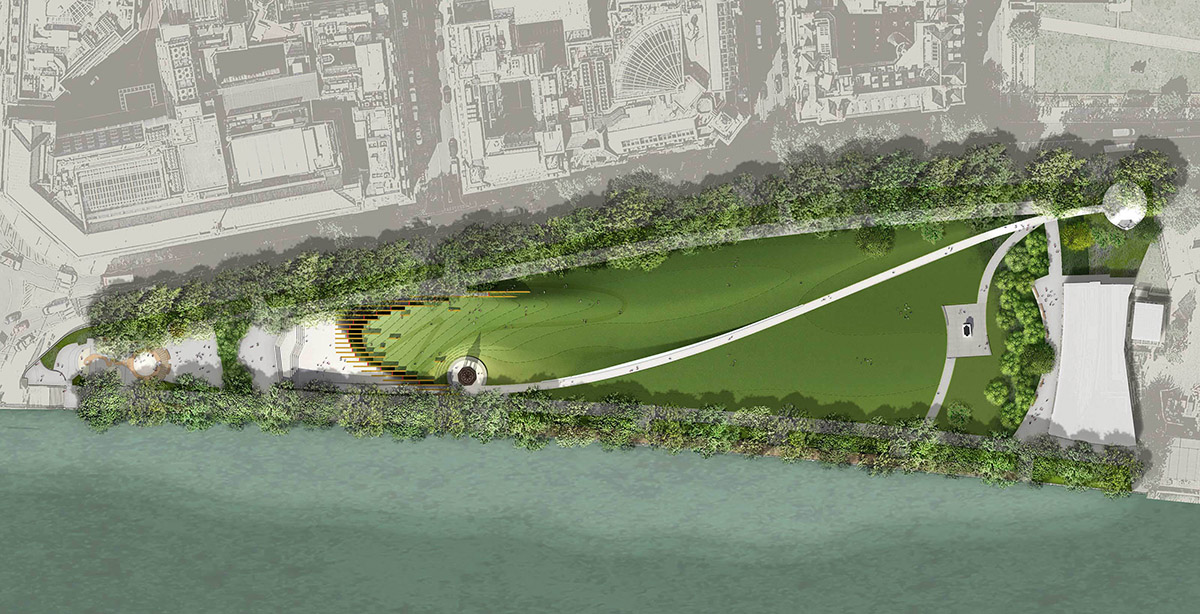
"With cross-party support, the Government has committed £50 million for the UK Holocaust Memorial Foundation to take forward the recommendations of the Commission. In addition to the government funding, the Foundation will fundraise additional contributions to deliver the National Memorial and Learning Centre and its broader educational objectives," stated in a press release of the competition.
All images © 2017 Malcolm Reading Consultants Limited. Images: Malcolm Reading Consultants/Emily Whitfield-Wicks
